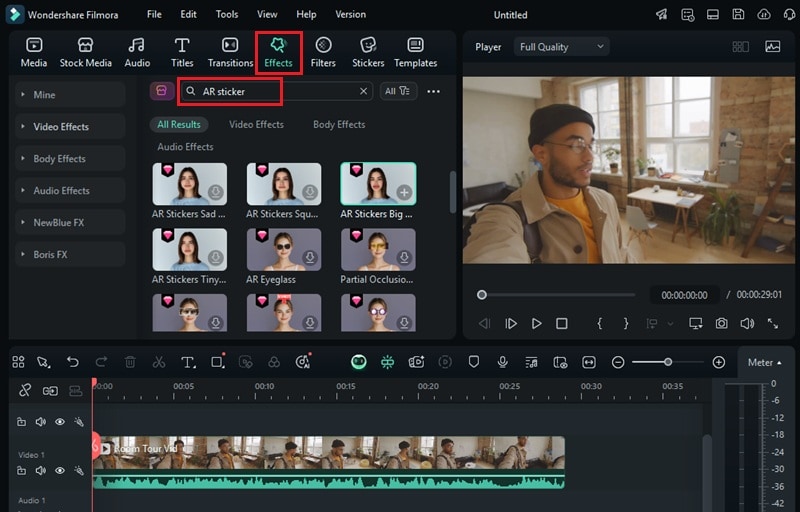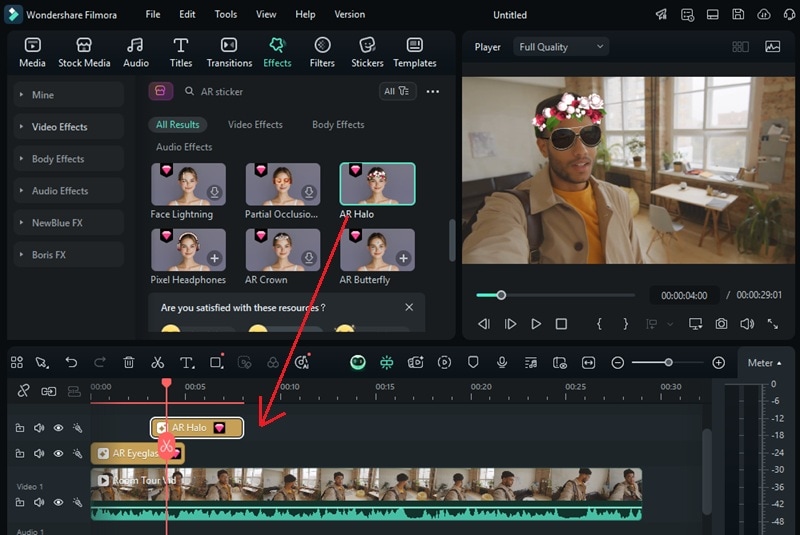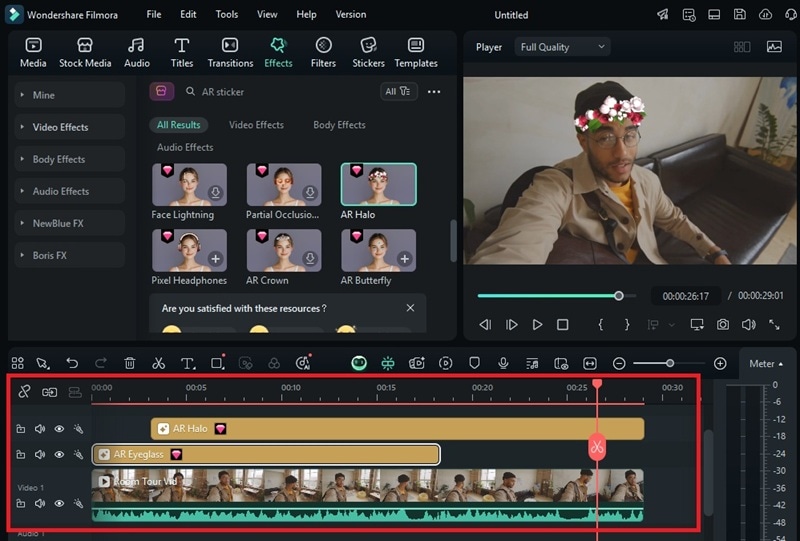In this article
Understanding Facial Recognition System
Unlocking phones with your face or passing airport checks without showing ID seems seamless. So, what is a facial recognition system, and how does it actually work?
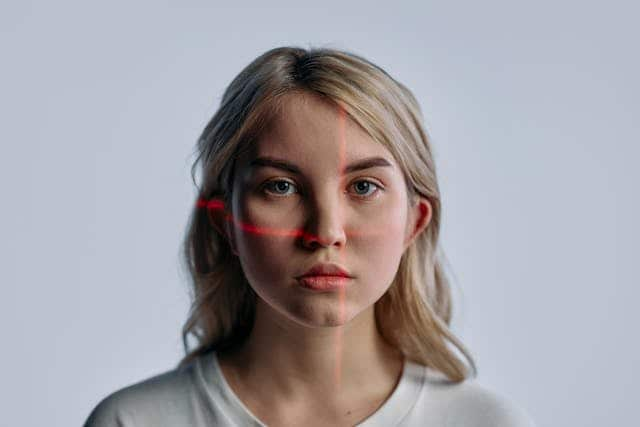
What is facial recognition technology? It is a biometric AI-based technology that identifies or verifies individuals by analyzing their facial features in photos or videos. It compares key traits, like eye position, nose shape, and jawline, to a digital faceprint stored in a database.
Originally developed in the 1960s with simple geometric mapping. Over time, it advanced with machine learning and AI in the 2000s, making today's systems faster, smarter, and more accurate. Today, facial recognition plays a major role in security, device unlocking, and even video editing.
Technical Breakdown
First, the system detects a face within an image or video.
Then it extracts features like eye position, nose shape, and jawline to create a unique digital faceprint.
Finally, it compares the faceprint against a database to find a match or confirm identity.
Facial recognition has moved beyond niche use. It powers face unlock on smartphones, fast-track check-ins at airports, real-time tagging in social media, and even assists in video editing software.
The technology is no longer limited to security systems, it's part of daily life across industries.
Application Section - When/Where to Use Facial Recognition System
Face recognition in video plays a big role in today's world. From scanning surveillance footage to identifying people in social media clips. But its impact goes far beyond just security.
Real-World Applications of Facial Recognition Systems



Limitations and Challenges
Future Outlook
As AI continues to improve, facial recognition will become more accurate and accessible. Developers aim to reduce bias, enhance real-time processing, and allow for better privacy controls. Future systems may also adapt to changing appearances and age progression without needing constant retraining.
Practical Demonstration Section - How to Use
Facial recognition isn't just used in airports or public safety anymore. Creators and editors now use the same technology in their video editing tools. So, what is face recognition used for in video editing?
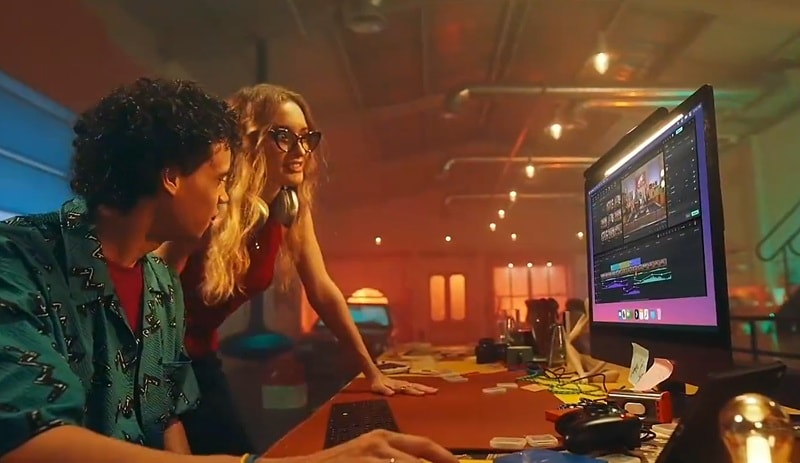
One of the video editors that uses this technology is Wondershare Filmora. It’s a video editor that brings AI-driven facial recognition features into everyday content creation. Features like AI Portrait Cutout, Auto Reframe, and AR Sticker help you identify, crop, and track faces automatically for a faster, smarter edit.
AI Portrait Cutout
This feature uses artificial intelligence to detect people in your video and remove the background instantly.
Follow the simple steps below to apply this feature to your video:
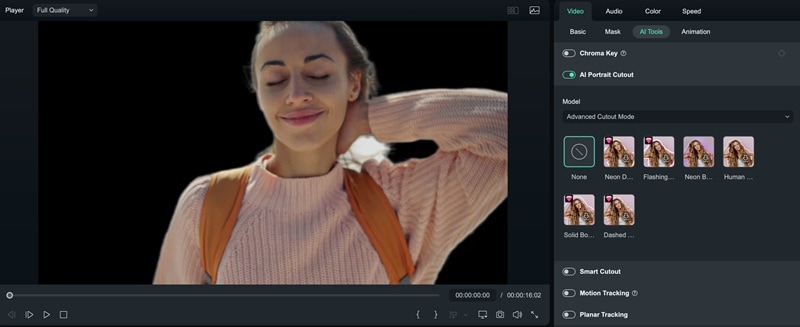
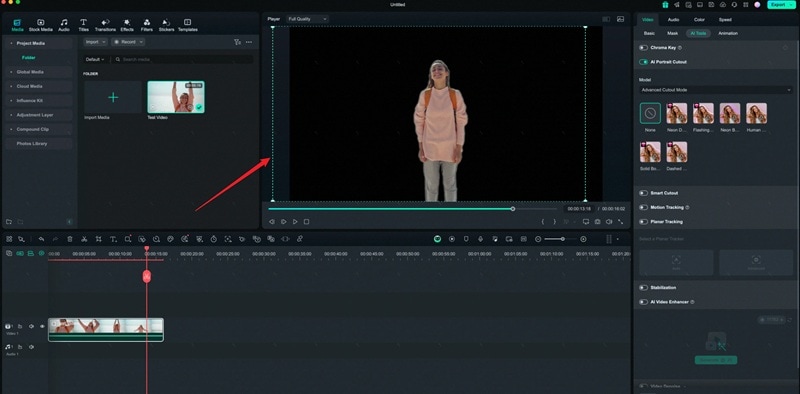
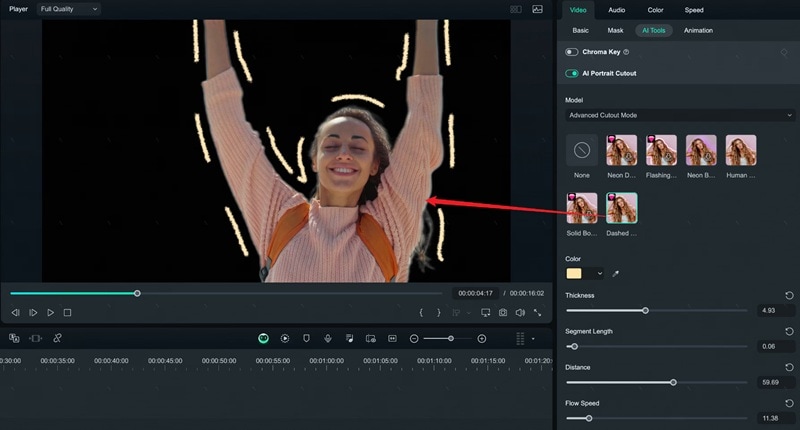
Auto Reframe
Auto Reframe keeps your subject centered when you crop a video into different aspect ratios.
Follow the simple steps below to apply this feature to your video:
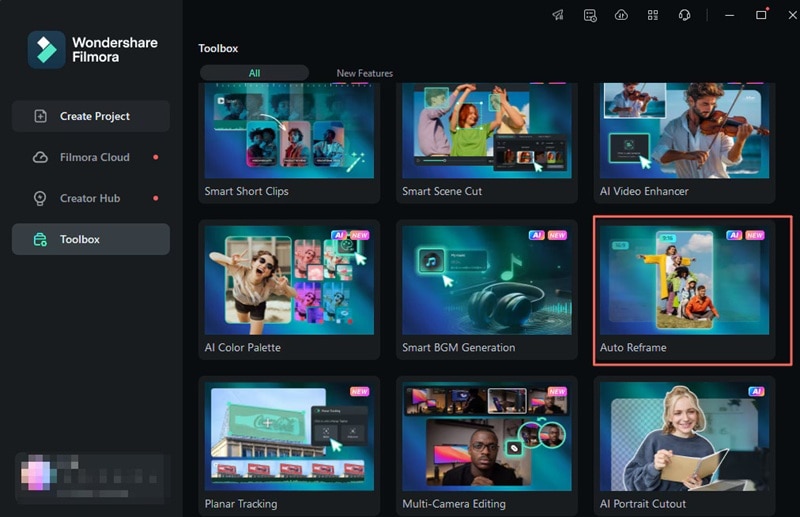
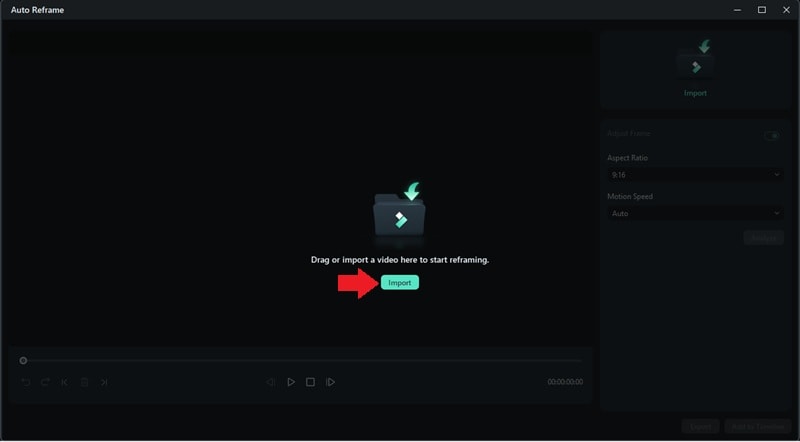
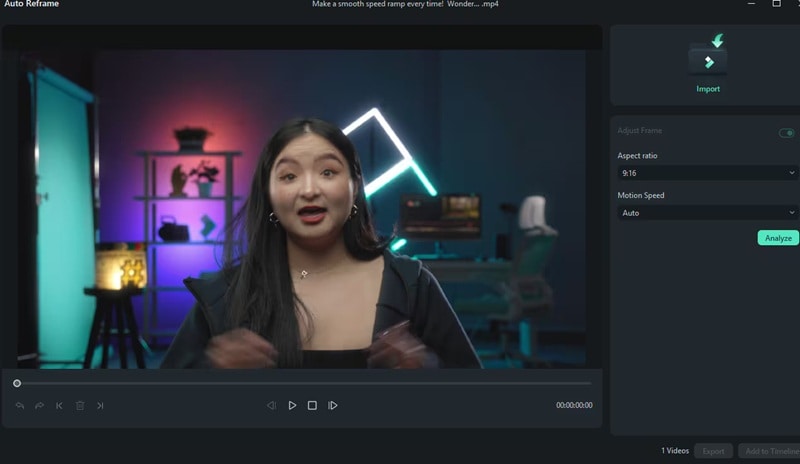
AR Sticker
AR Stickers use facial tracking to attach animated effects to the eyes, nose, or mouth.
Follow the simple steps below to apply this feature to your video:
